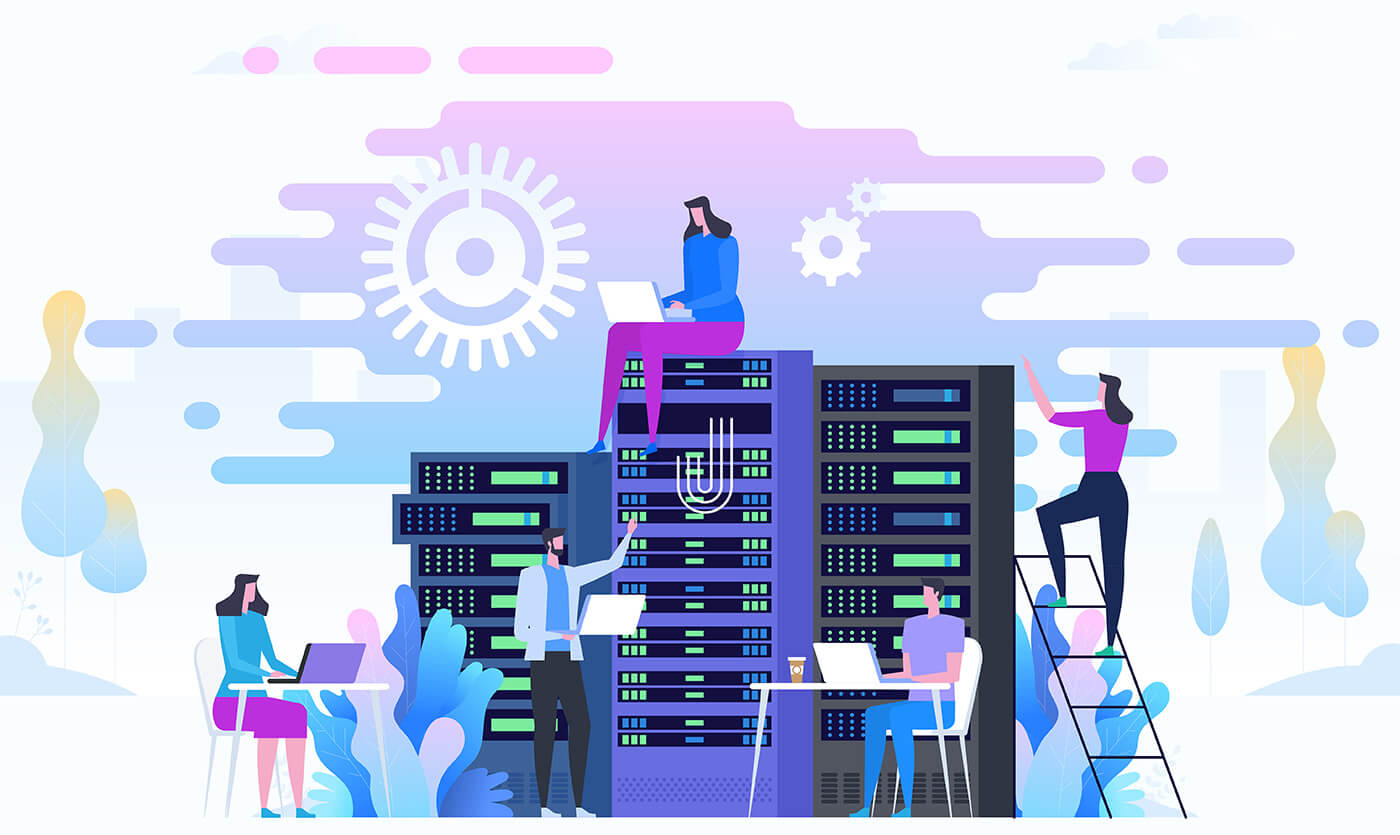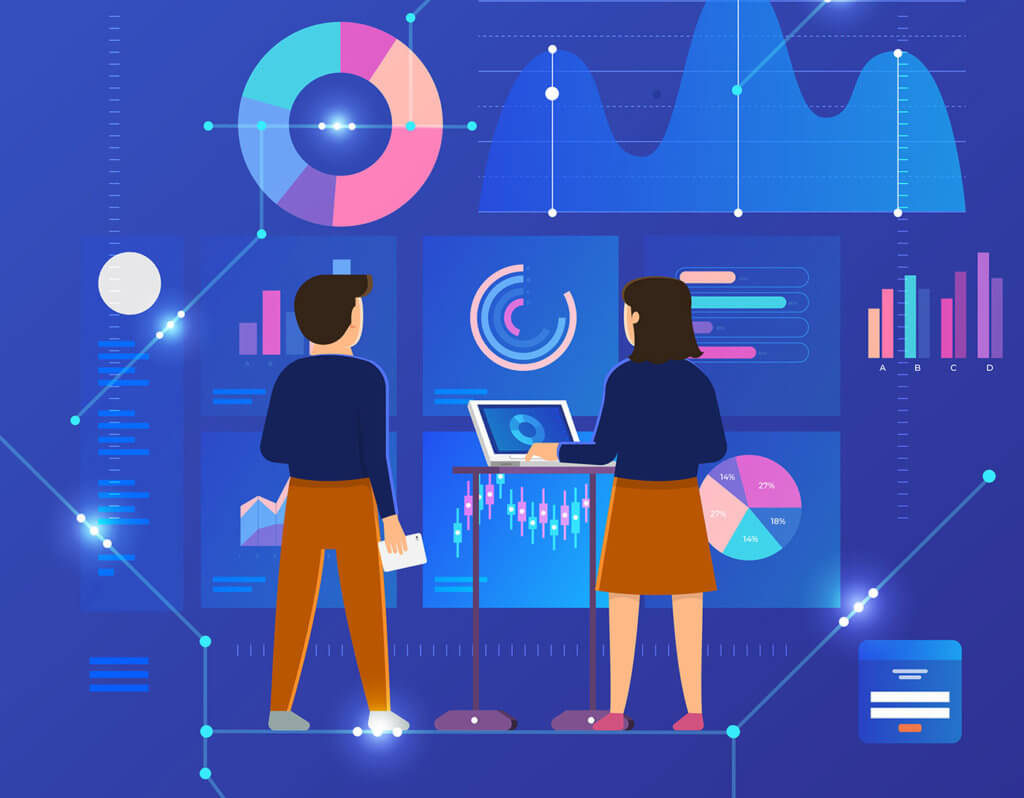5 Ways Employee Monitoring Simplifies Remote Monitoring for System Admins
The COVID-19 pandemic has forced many businesses to transition to contingency plans, like remote work, in order to stay afloat.
Even when physical distancing measures are removed, and more businesses can open their doors to in-person customers, many may still allow remote work for their employees.
If you plan to use remote work in your business operations, then you need some type of monitoring in place. Read on to learn more:

Remote Work Challenges
Remote work has been on the rise for quite some time. It can improve the well-being of employees and allow people from all over the world to work for a company by removing geographical barriers. It also provides cost savings, allowing employees to save on average $4,500 on fuel annually (in addition to time savings from the average 30-minute commute) and businesses an unprecedented amount of overhead.
However, there are definite disadvantages to working remotely. Namely, without a monitoring solution, businesses are limited in knowing whether or not their employees are actually working remotely or if they are distracted or watching TV. This could decrease productivity and lose the company money.
If your business operates remotely, or you would like to consider it, know that you can implement remote monitoring systems to improve productivity and address some of the other issues associated with remote work.
Large companies or companies with outsourced or in-house IT departments will employ a system admin to monitor the corporate network to protect against data breaches. These requirements can increase as your team goes remote.
Implementing a remote monitoring solution will simplify this process and the system administrators’ workload.
Here are 5 reasons why:
1. Internal Systems and Data Security
One of the biggest challenges that system administrators face is remote security. Remote workforces present a number of security vulnerabilities. Employees typically use weak personal networks and they might also use poorly protected personal computers.
Sending out an easy-to-use employee monitoring software will allow companies to implement at least one level of security so that they can monitor network activity for malicious data breaches and insider threats.
Here’s an overview of employee monitoring works for three main systems related issues:
Data Breach Protection
Data breaches are extremely prevalent, and they can cost a business thousands of dollars. According to IBM’s 17th Annual Cost of a Data Breach Report, small businesses were disproportionately affected by these breaches.
For example, large corporations (corporations with more than 25,000 employees) lost an average of $5.11 million due to a data breach (roughly $204 per employee). Smaller organizations (500 – 1,000 employees) lost an average of $2.65 million ($3,544 per employee). Therefore, even SMBs need monitoring solutions in place.
Employee monitoring software can watch user behavior and computer activity and alert system admins to unusual or anomalous behavior. User behavior analytics help in this regard by recording what type of behavior is normal.
Insider Threat Protection
Insider threats are also extremely costly and were reported to be the main cause for data breaches in 2020.
Insider threats can be a disgruntled employee who wants to make money off your business. They might sell your data to a malicious actor or take intellectual property to a competitor.
Employee tracking can read messages in messaging apps and use keystroke logging software to see when insider threats are becoming dangerous.
Data Loss Protection
Data loss protection or prevention software (or DLP) is network monitoring software that tracks data movement. Sensitive data can be classified based on regulations and user access privileges, so system admins can gain data visibility and monitor data if it has been moved, copied, or deleted.
Businesses are required to implement some level of DLP, especially if they collect data and it falls under governmental laws like GDPR and CCPA.
2. Project Management

Remote employees need structure because the structure is largely removed in the remote environment.
By implementing a productivity tracking and employee monitoring system, system administrators can have better conversations with remote employees around project management.
Employee monitoring solutions require that employees manually start a timer when working on a project or application. With this tracking data, management can see how long tasks take to complete. Employees can also look at these timers and recognize when they accidentally got distracted and failed to work, or when a project took too much of their time.
If you have a project that needs to be finished on time, employee monitoring can assist with that. Track how long internal tasks are taking, and the estimated time length of a given project. PM or account managers can give better time estimates to clients and keep track of out-of-control projects.
Without software like this, sysadmins might be blind to project estimates and rely on scattered software or unclear email communications.
3. Productivity and Accountability
Low employee productivity is one of the biggest challenges of remote work. What is really confusing, though, is that remote workers tend to be more productive than those who go to an office.
Here are some recent stats around remote work:
- One study found that remote workers end up working 1.4 more days per month than those who go into an office. This results in three additional weeks of work per year!
- Around one-third of remote employees (29%) said they struggle with work-life balance, and 31% said breaks are needed for mental health.
If your employees are slacking off on social media you can also use the employee monitoring’s user behavior feature. An employee monitoring tool will look at the web pages and apps that a user has been visiting and records the length of time that they were on that webpage. System admins can then easily report these findings to a project manager.
Thanks to the time tracking feature, system admins and project managers will have actionable insights around employee productivity. Managers can view employee attendance and how long it takes for each project to be completed, when projects or tasks go sour, and when issues arise in the workflow. It can also be used to improve employee morale.
Without this software, system admins would have no way to know if their remote employees were actually working.
4. Improves Working Environment Quality
When remote working, office managers and team leads can’t physically keep an eye on employees to make sure that they are working, so an employer is forced to assume that their employees are not working even if they are getting paid a salary.
However, on the flip side, the remote employee on average finds that they are working longer hours while remote, they tend to get more done as they are not distracted, and they are more efficient when they do work.
This environment causes a strain on both the remote workers and the remote management staff.
Remote employee monitoring gives system admins objective data, which can be passed along to HR and the relevant managers to ensure that your remote employees are being treated fairly. It also puts tools in the hands of managers to make sure that employees are working and earning their due.
Webcam features and on-screen monitoring confirm that employees aren’t committing time theft when they should be finalizing their annual report.
5. Provides an Objective Measure for Performance Reviews
Regular performance reviews help employees stay accountable to a business, but it also shows the business that their employees are doing what they said they would do and are positively contributing to the company culture.

Without monitoring employees, remote team performance would be reported based on email reports, project management insights, and word of mouth. This is unreliable.
If your employees are actually stealing time from your company and not working as well as they should, then your business is losing money! Moreover, your system admins would have no way of tracking how this is happening.
Employee monitoring using time tracking, webcam monitoring, keystroke logging, and web page time tracking so that they can clearly see how long a project is taking, or if an employee spent too much time on Facebook that day or on their mobile device.
You can also monitor the on-screen streams when your employee is tracking time to verify the time tracking data.
Securing Your Remote Workforce With Employee Monitoring
Computer monitoring software is tracking software that helps remote sysadmins stay on top of remote employees.
Computer monitoring is necessary for a remote workforce. This monitoring tool can report on employee activity, productivity, attendance, efficiency, and protect a company against insider threats and malicious activity. Protect your remote company with a powerful activity monitoring tool with SoftActivity.